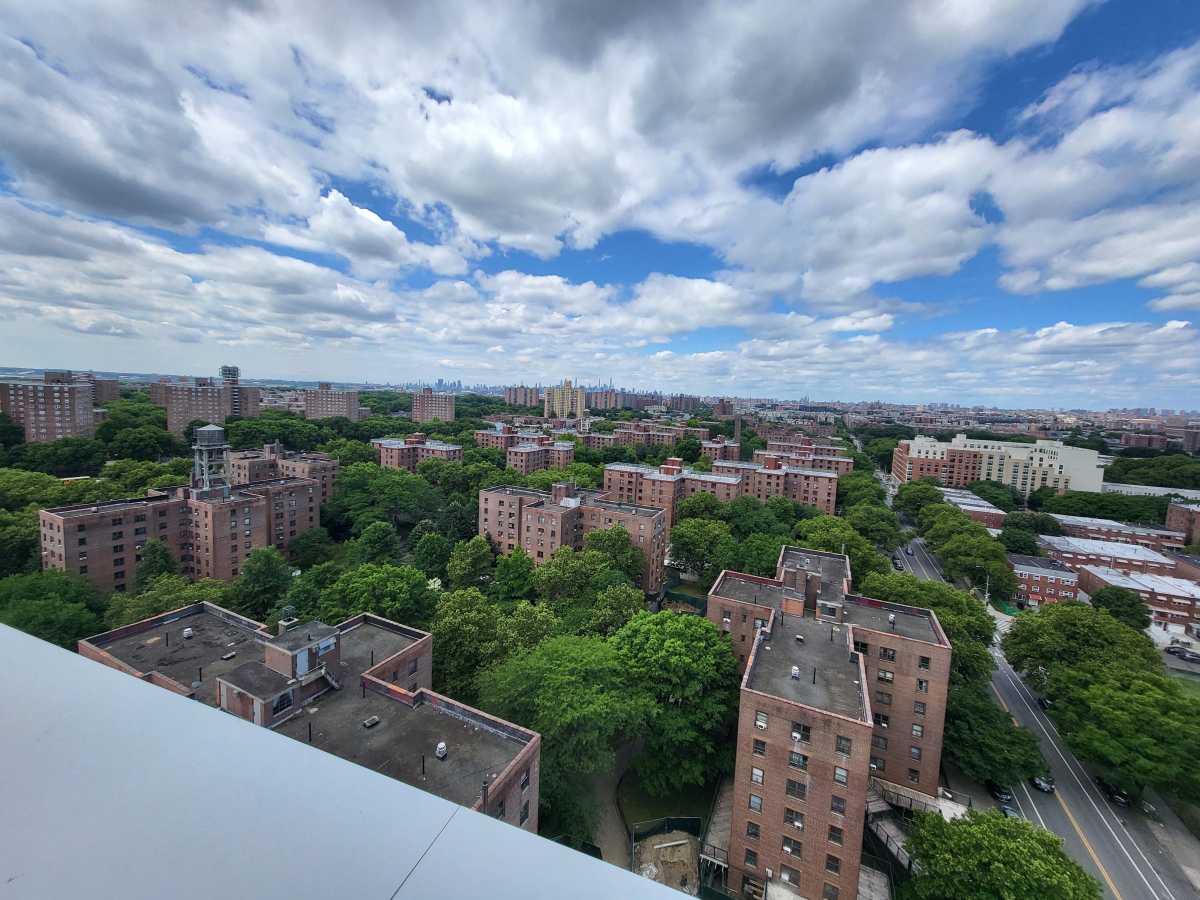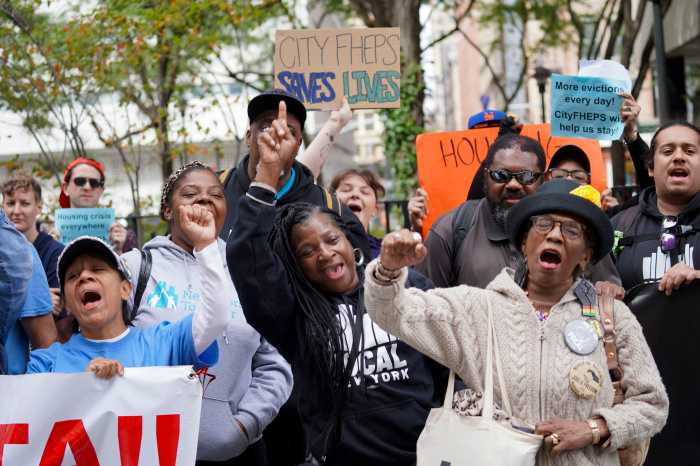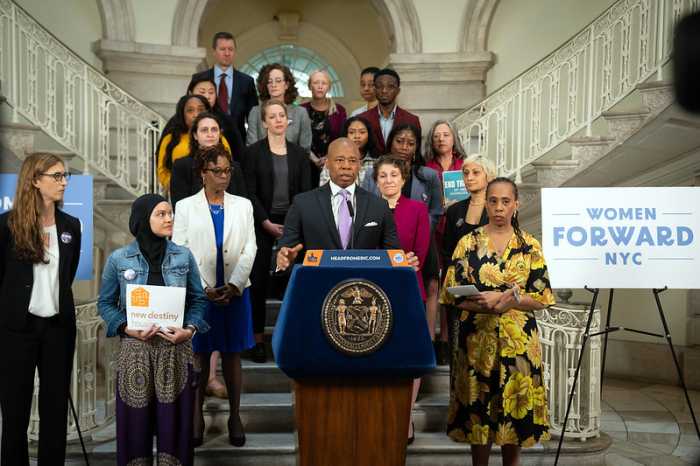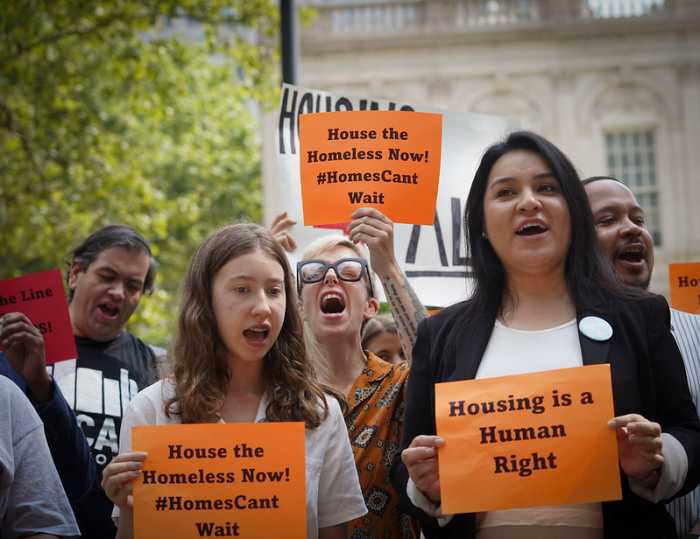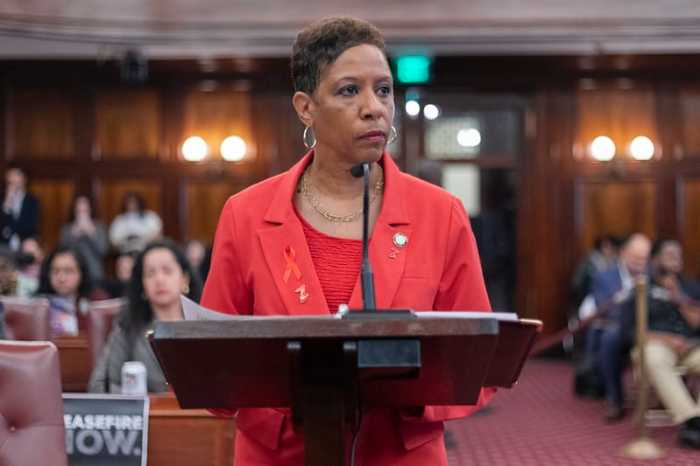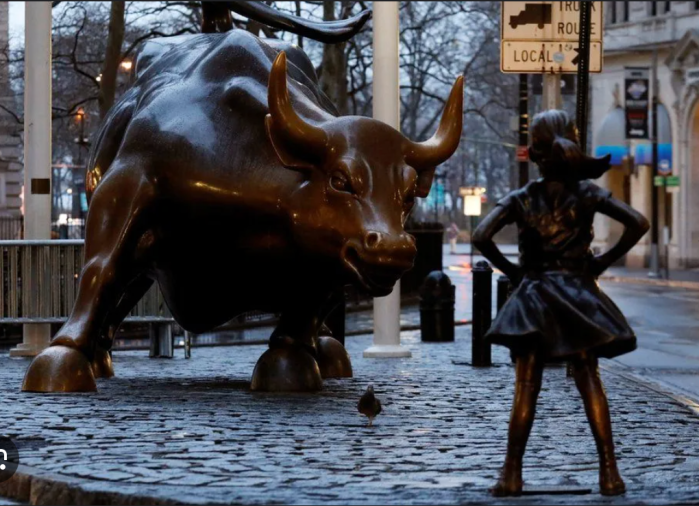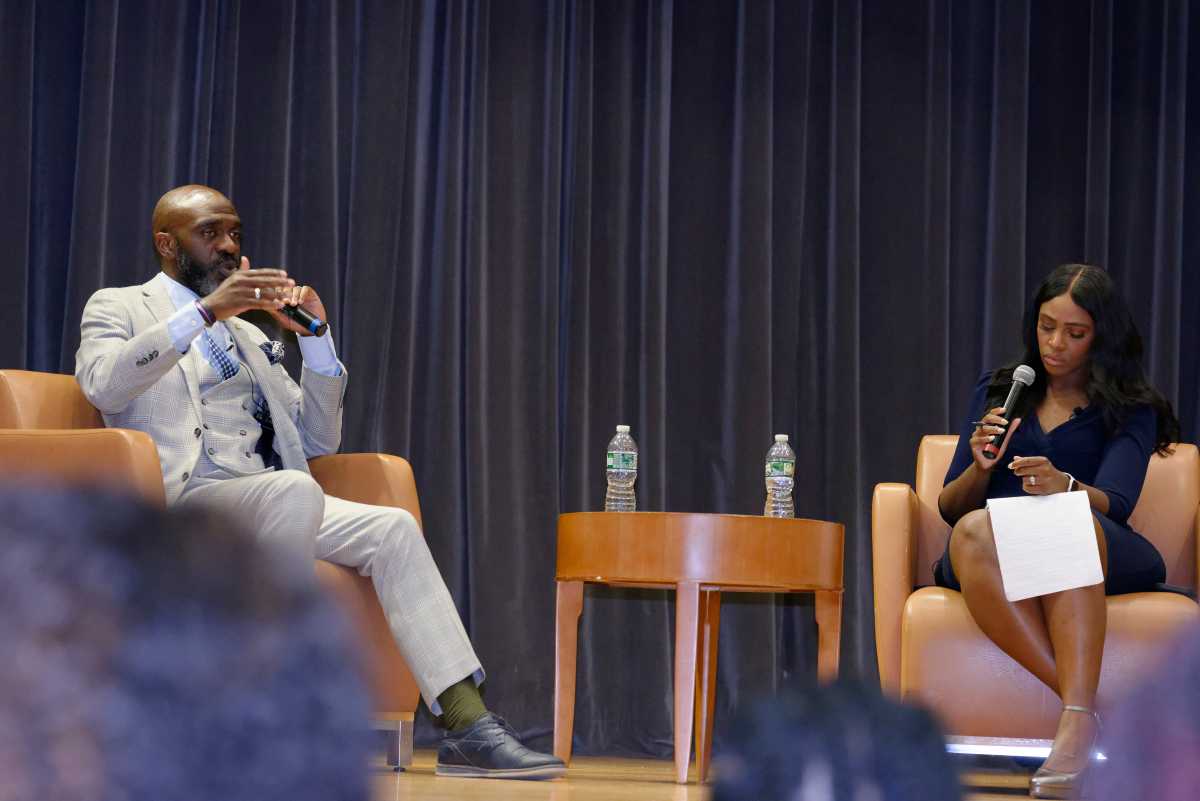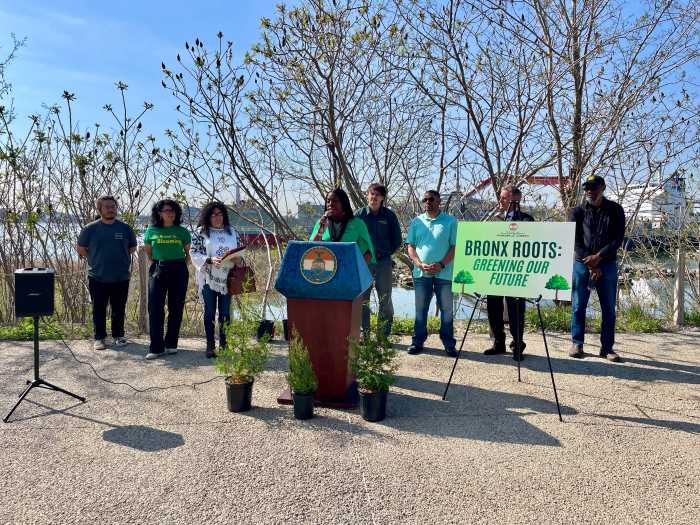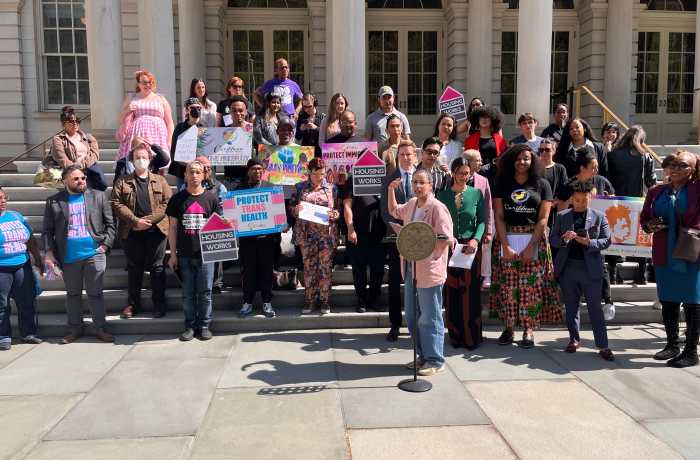New York City’s affordable housing landscape remains one of the most complicated — and contentious — in the nation. Despite billions of dollars in annual investments, the crisis persists, leaving many New Yorkers struggling to secure a roof over their heads.
To help you understand what affordable housing is and how it impacts you, amNewYork Metro is launching the first in a series of articles exploring the intricate mix of policies, programs and market dynamics that shape affordable housing in the city.
We will also examine what “affordable” really means; the challenges faced by renters and developers alike; and the various policy shifts underway at local and federal levels.
A complicated system in a city of contrasts
Finding an affordable home in New York City is no simple task. Renters face a labyrinth of local, state and federal programs—all wrapped up in an alphabet soup of acronyms—that rarely translate into real relief.
Progress is being made, albeit slowly. The NYC Department of Housing Preservation and Development (HPD) recently reported that a record 14,654 households moved into affordable units in 2024, with 10,054 placements made through lotteries and another 4,600 coming out of shelters.
Yet, with a citywide vacancy rate of just 1.4% and a meager supply of modestly-priced units, many New Yorkers find themselves perpetually stretched to simply keep a roof overhead, according to a 2024 NYC comptroller’s report titled “New York City’s Housing Supply Challenge.”
When it comes to housing, “The city has been in a state of emergency for a very long time,” said Alex Schwartz, professor of public and urban policy at The New School, in an interview with this publication.

Defining ‘affordable’ in a city of sky-high costs
A persistent challenge is pinning down what exactly “affordable housing” means in New York City.
The nationwide standard suggests households should spend no more than one-third of their income on housing — but many New Yorkers far exceed that benchmark.
The comptroller’s housing report revealed that the median “asking rent” for publicly listed apartments in New York City is $3,500 per month. Under the one-third rule, such rents are affordable only to households earning around $140,000 a year.
That same report found that nearly 30% of NYC renters pay more than 50% of their pre-tax income on housing, placing them in the severely rent-burdened category.
Furthermore, even some renters who snag a so-called affordable housing unit via lottery on NYC Housing Connect lottery pay hefty rents anyway. For example, a recent Bronx lottery offered studio apartments at $3,287 per month and one-bedrooms at $3,515.
An average household grossing $140,000 annually will net, after taxes, about $96,000 a year, according to income tax calculations. That translates to $8,000 of monthly income. It also means that the $3,515 “affordable” rent for a one-bedroom apartment would eat up roughly 43.9% of the household income.

The problem, however, isn’t strictly about landlords trying to squeeze extra rent. Many developers and landlords face steep operational costs, and experts estimate it costs roughly $800 per month just to maintain an affordable unit.
They argue these high costs underscore the necessity for government subsidies—direct assistance to New Yorkers to pay rent— to bridge the gap between operational realities and market expectations.
“There’s a segment of the population that is never going to be able to afford what the market is offering,” said Rachel Fee, executive director of the New York Housing Conference, in an interview.
The role of subsidies and rental assistance
As the city tries to address housing challenges, experts say change is coming, although it won’t happen overnight.
Fee called for a multifaceted approach that includes leveraging the market through incentives, investing in new and existing housing and expanding rental assistance.
“We can’t just focus on any one of these issues. It has to be all of them at once,” Fee said.
Experts say increasing rental subsidies is key to ensuring truly affordable housing for low- and moderate-income residents. But these days, subsidies are few and far between, and even those who have, for instance, federal Section 8 vouchers often have trouble finding a landlord who accepts them.
The Section 8 program helps families rent from the private market and pay no more than 30% of their income, while the voucher covers the rest. The city says there are currently about 85,000 voucher holders in NYC.
Demand for the program is incredibly high. In summer 2024, a whopping 630,000 people applied to get onto the Section 8 waitlist when it opened for the first time in 15 years. Just 200,000 people were randomly selected.
At the city level, some subsidies specifically aim to prevent homelessness by providing assistance for the very poor.
Programs such as CityFHEPS are currently helping about 52,000 households stay out of shelters. The vouchers cover partial rent for up to five years.
The Citizens Budget Commission, a nonpartisan policy nonprofit, has recently criticized the program. A new report argues that the program’s costs have ballooned to $1.1 billion in fiscal year 2025 while not reducing the city’s shelter expenses or demand for shelter space.
Recent reporting also showed that the program gives renters little choice in where they can live and tends to concentrate voucher holders in low-income areas, such as Southern Brooklyn and the South Bronx.
Federal and local assistance has not kept up with demand, said Schwartz. “The need is so vast, it’s never sufficient.”
Questioning the metrics: The trouble with AMI
At the heart of much of the debate over affordable housing lies the concept of Area Median Income (AMI), a figure calculated annually by the U.S. Department of Housing and Urban Development (HUD).
AMI sets income thresholds for various housing programs, yet it is widely seen as an imperfect tool — especially in NYC. An April 2024 report by the Community Service Society of New York (CSS) described AMI as “the most used — and probably the most hated — metric for discussing housing affordability in the United States.”
The report highlighted a key flaw: HUD’s calculation of AMI for New York City includes wealthier suburban counties such as Putnam, Westchester and Rockland, which artificially inflates the figure.
In addition, since NYC is designated a high-cost construction area, HUD’s upward income adjustments further skew the numbers. As a result, even housing designated for extremely low-income households may remain out of reach.
For context, 100% AMI for a family of four in NYC is $155,300—a figure that stands in stark contrast to median household incomes reported by the U.S. Census: $46,838 in the Bronx, $76,912 in Brooklyn, $81,929 in Queens, and $101,078 in Manhattan.
David R. Jones, president and CEO of the Community Service Society, lamented, “What [researchers] found is that AMI levels have little to do with most New Yorkers’ actual income. Yet, they continue to serve as a primary tool for housing development, perpetuating deep racial and economic inequalities and failing to serve those most in need.”
Moreover, there is often a disconnect between AMI categories and everyday perceptions of income. While a family of four making $256,245 (165% AMI) might typically be seen as high-income, the AMI framework labels this as “middle-income.”
The research by CSS of New York concluded that “AMI is, at best, an imperfect measure of lived realities of people who reside in, or are trying to get into, affordable housing in the US. At worst, it is a justification for mistargeted public resources and yet another method for rent inflation.”
Fee said that because AMI is “just a measuring stick,” it’s up to governments and developers to decide with intention where resources should be targeted.
“It’s not like AMI dictates your policy,” she said. “It’s really how much funding you’re putting in and who you want to serve.”
Read More: https://www.amny.com/politics/



